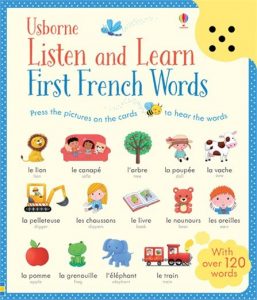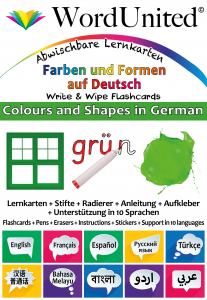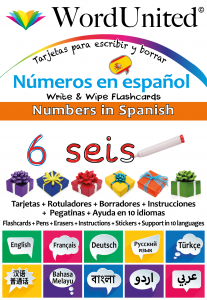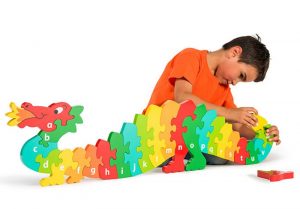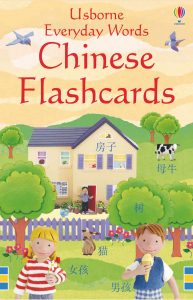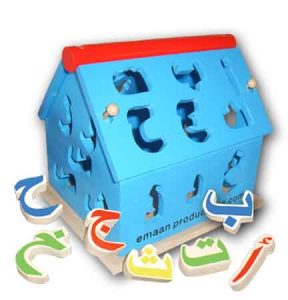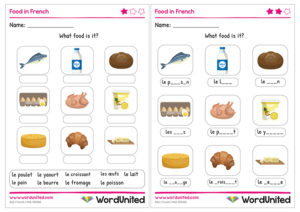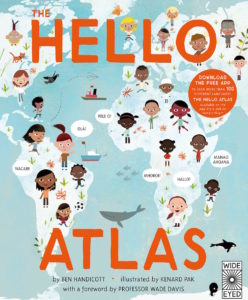No products in the cart.
7 Simple and Easy Tips to Support Language Learning for Kids
June 2, 2019
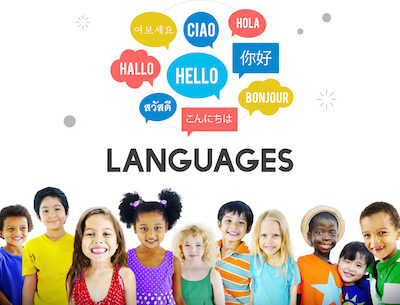
The importance of language learning for kids
When it comes to learning languages for kids, the sooner is better. Starting at the age of three, exposure can help children in a variety of ways. Studies by Harvard University suggest people who learn a second language at an early age grow up to become more creative, flexible, and develop more critical thinking skills. You can give your child a great start on the path to multilingualism by using Modern Foreign Language resources (MFL resources) such as Spanish flashcards, the Arabic alphabet puzzle, and German flashcards.
The following 7 Simple and Easy Tips are aimed at making learning languages for kidsfun and effective. Each tip is written for one particular language, but can also be applied to other languages.
1. Repetitive use of MFL resources is a great way to learn French for kids
A great way to learn French for kidsis through repetition and active engagement with the language. It is no secret that kids start to recognise sounds and associate them with objects from a very early age. Parents can provide independent ways to learn French for kids through the use of MFL resources that allow them to press pictures and hear words from a native French speaker. You can also teach your child to read words in English and then in French at the same time. This enables children to think in both languages equally from an early age.
2. Learn the language together using German Flashcards and Spanish Flashcards
While this may be the most time-consuming option of all, it provides you with a unique opportunity to do some bonding with your child through mutual learning. You can use adult courses to learn German or Spanish, then slowly teach your child through the use of German flashcardsand Spanish flashcards.
MFL resources such as the Numbers in Spanish flashcards provide a fun and easy way to count and write the numbers in Spanish numerals and words. These kits help children start from tracing the numbers and words to writing independently.
Learning languages for kidscan be coupled with activities that improve their memory. The Write and Wipe German Flashcardspack contains 29 double-sided picture cards illustrating the German Alphabet, Numbers, Colours & Shapes, and Actions. The cards help children to recognise and write the German alphabet and numbers. It can also be used to play games, for independent learning, or to label things around the house and practice identifying them. You can also role play the scenarios on the action cards, like ordering food with your kids in the language that you are teaching them.
3. Make learning fun with games and activities to learn Welsh
Games such as Snap, where a picture can be matched to a foreign word, or Kim’s game, where items are placed on a tray, memorised, and then one is removed, can be a fun way to improve children’s breadth of vocabulary in another language. If your children are old enough to play games and puzzles, there are plenty of learn Welsh gamesthat allow them to learnindependently on their own time, such as the Lanka Kade Welsh Dragon.
4. Reading is a double-sided way to Learn Chinese for kids
Reading provides children with an opportunity to learn both spoken and written Chinese at the same time. With only a few bilingual books, you can start a multilingual home library, basket or corner. This will develop your child’s multilingual literacy from a very early age. As with other languages, flash cards can also be used as a way to learn Chinese for kids. You can use them to increase the visual exposure of a print-rich literacy rich Chinese language environment.
Reading and listening is an important way to learn Chinese for kids, as it allows them to work out how to decode simple words by themselves. Children can slowly build their vocabulary, gain confidence, and become ready for a more structured approach.
5. Stimulate you kid’s mind with language alphabet puzzles
Today’s kids are more likely to gravitate towards computer games, but word puzzles are still a simple and effective way to develop fine motor skills and boost their understanding of languages. Alphabet puzzles do not just enable early multilingual literacy for kids, but also the ability to think in a logical and strategic way. For example, the Arabic alphabet puzzle house makes your child consider multiple possible solutions about how the shapes interact with the house, whilst learning the letters written on the pieces. Children often start doubtful of their ability to tackle a problem, but by the time they have solved three or four clues, they gain confidence, not only for that challenge, but for new challenges.
6. Download free language printables and activity sheets for kids
WordUnited’s Free Resources Hub contains numerous many activity sheets and printables, specifically designed to promote language learning for kids, in French, Spanish, German and Arabic with 10s of new worksheets added every week. You can download and share these printables completely free of charge at WordUnited’s resources hub.
7. Pairing learning languages for kids with learning cultural diversity
Language and culture are different sides of the same coin. Every language is intertwined with the culture it stems from, and those cultures are so beautiful, they can make the pages of a language textbook spring to life. Exposing your kids to different cultures, through friendships, museum visits, multicultural resources and books, helps them to become aware of the nuances and different contexts that form the basis of languages. This can transform learning languages for kids into an adventure that they will look forward to every time.

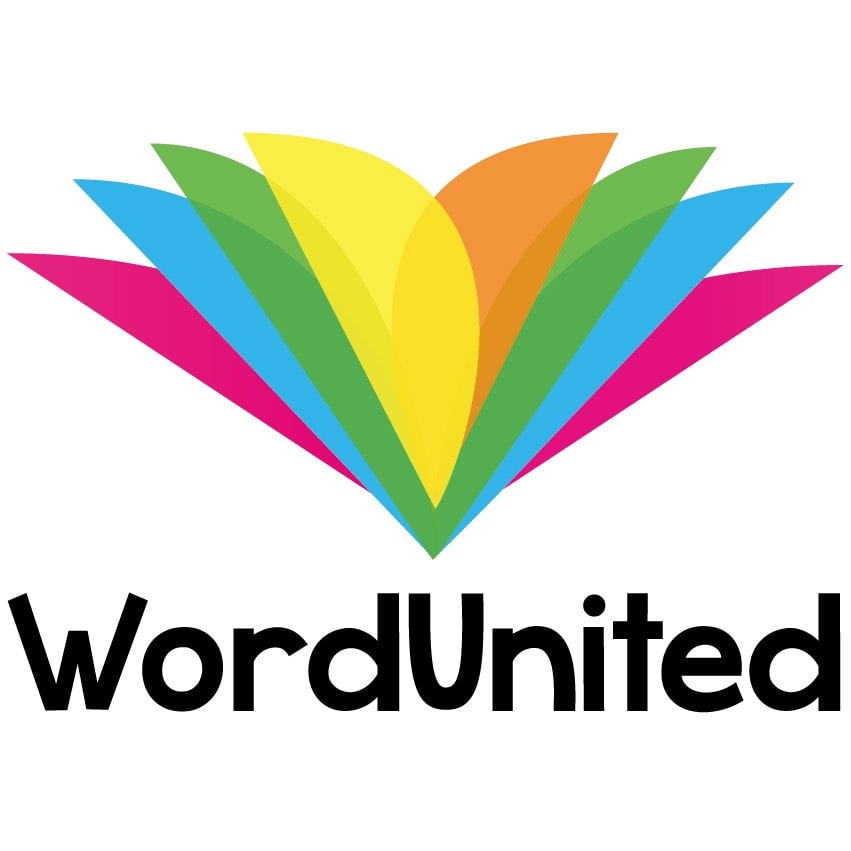

 01782 698558
01782 698558


